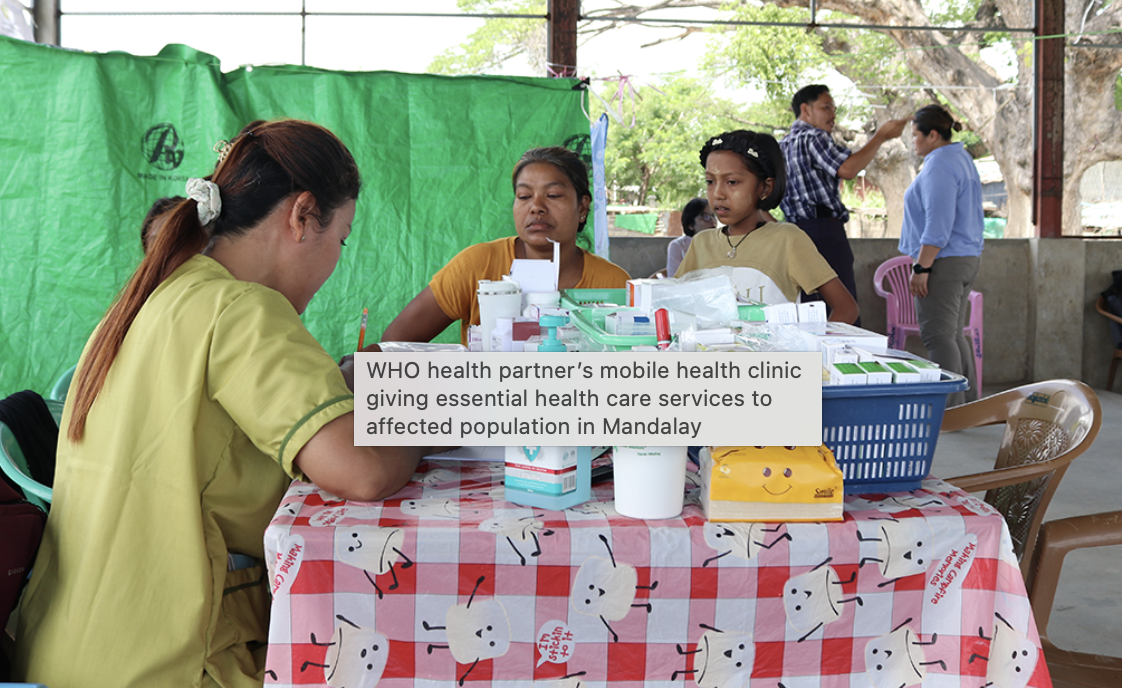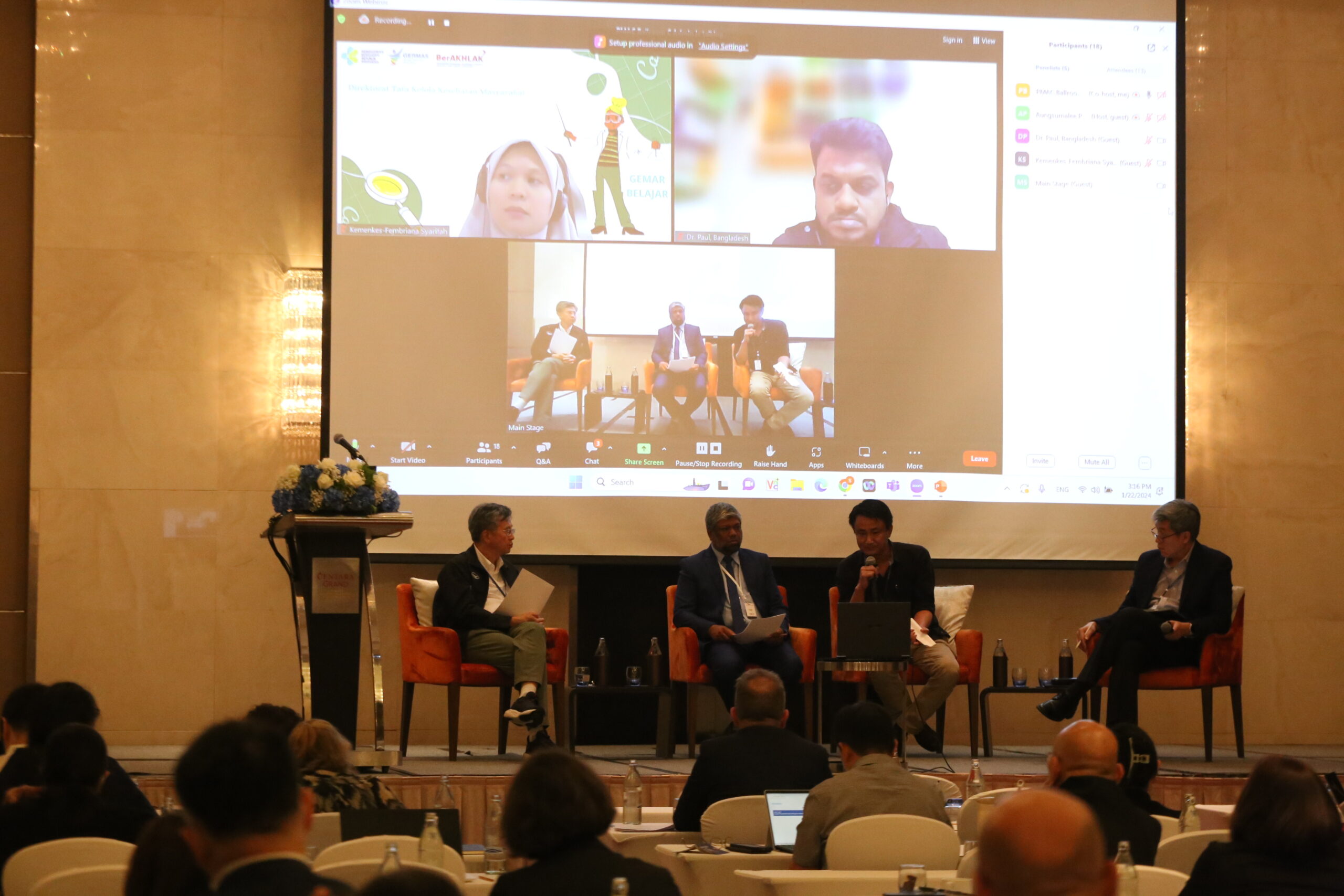Myanmar gained independence from British rule in 1948. It was then called Burma; in 1989 its name was changed to Myanmar. Myanmar has known what is often called the world’s longest civil war since independence.
Poor health indicators now
Essential services for the future
In 2017, the country’s National Health Plan (NHP) 2017-2021, the first of three NHPs, laid out the vision of reaching some degree of universal health coverage. This NHP and subsequent NHPs are an integral part of the Myanmar Sustainable Development Plan (MSDP) 2018-2030. The MSDP has a wider long-term vision for a peaceful and prosperous country inspired by the Sustainable Development Goals. The NHP 2017-2021 provides the policy basis for the progressive roll-out of a “Basic Essential Package of Health Services”, deciding on an explicitly pro-poor strategic direction.
Old challenges and present crises
An effective comprehensive social health protection mechanism at the national level is yet to be established. The latest National Health Accounts (2016-2018)3 showed that out-of-pocket expenditure remained the highest in the region at 76% of CHE. The informal sector is large – 83% of total workforce in 20174 – and the Social Security Scheme coverage is low – covering only 2.5% of the total population5. Social Security contributions stood at 0.58% of CHE in 20183. Institutional and regulatory frameworks remain fragmented. Public health facilities face shortages of inputs such as limited supplies of medicines and health staff in rural areas.
After political events in 2021, Myanmar is facing a multidimensional humanitarian crisis with residual needs persisting from previous years and new needs flowing from security and conflict dynamics. Rising prices, severe inflation, limitations on movement – including of medical supplies, armed conflicts and violence have led to crisis or emergency coping strategies for the majority of people, with substantial negative impacts on personal safety and health. The United Nations estimated that almost half of Myanmar’s population is thought to be living in poverty in 2023.
- World Bank Group – Data [↩][↩]
- World Bank Group – Data [↩]
- Mohs.gov [↩][↩]
- The Government of the Republic of the Union of Myanmar Ministry of Labour, Immigration and Population Department of Labour – Download [↩]
- Social Security Board Reforms Enhance and Extend Health Protection in Myanmar, ILO.org [↩]



